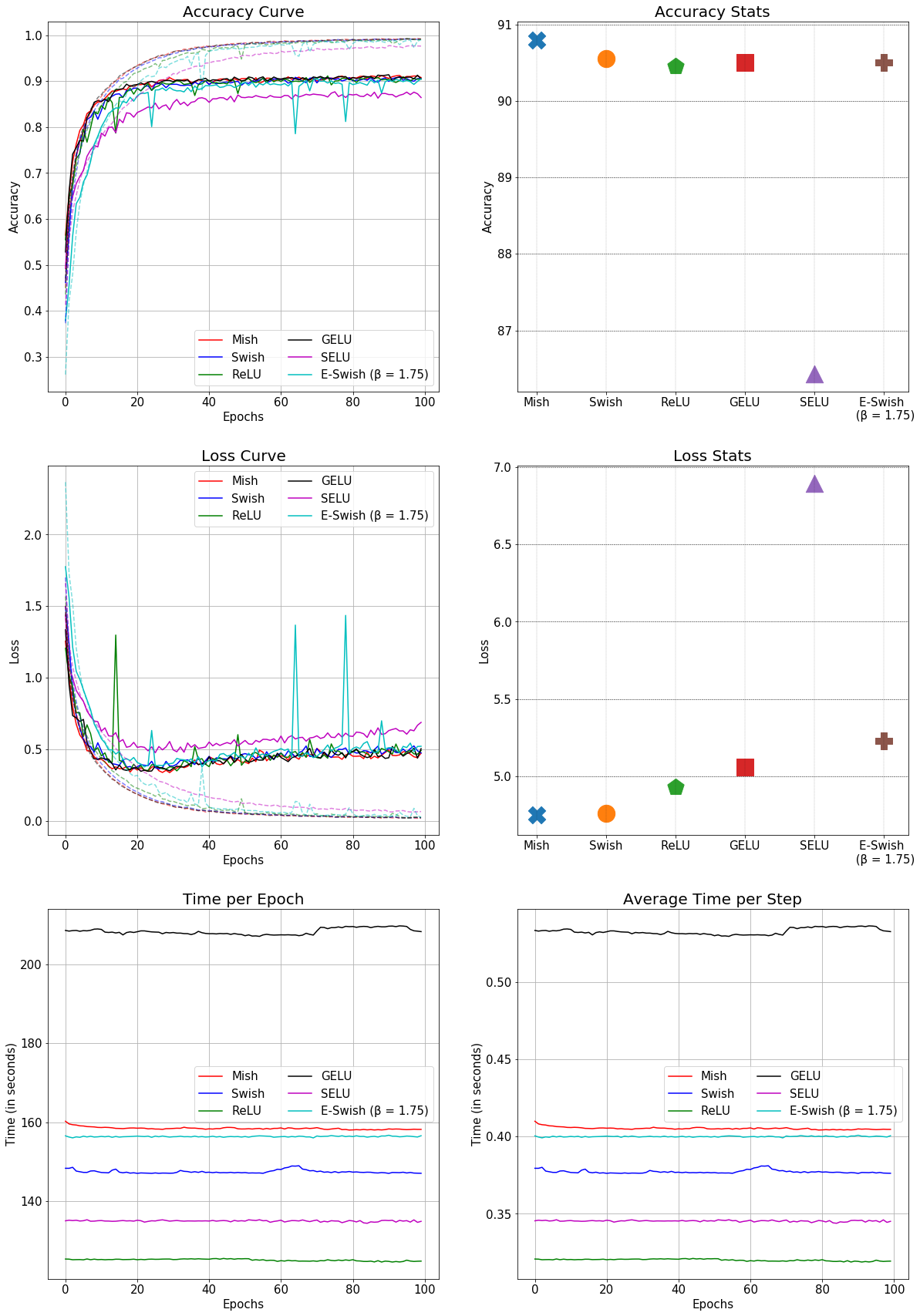MiniDNN is a C++ library that implements a number of popular deep neural network (DNN) models. It has a mini codebase but is fully functional to construct different types of feed-forward neural networks. MiniDNN is built on top of Eigen.
MiniDNN is a header-only library implemented purely in C++98, whose only dependency, Eigen, is also header-only. These features make it easy to embed MiniDNN into larger projects with a broad range of compiler support.
This project was largely inspired by the tiny-dnn library, a header-only C++14 implementation of deep learning models. What makes MiniDNN different is that MiniDNN is based on the high-performance Eigen library for numerical computing, and it has better compiler support.
MiniDNN is still quite experimental for now. Originally I wrote it with the aim of studying deep learning and practicing model implementation, but I also find it useful in my own statistical and machine learning research projects.
- Able to build feed-forward neural networks with a few lines of code
- Header-only, highly portable
- Fast on CPU
- Modularized and extensible
- Provides detailed documentation that is a resource for learning
- Helps understanding how DNN works
- A wonderful opportunity to learn and practice both the nice and dirty parts of DNN
The self-explanatory code below is a minimal example to fit a DNN model:
#include <MiniDNN.h>
using namespace MiniDNN;
typedef Eigen::MatrixXd Matrix;
typedef Eigen::VectorXd Vector;
int main()
{
// Set random seed and generate some data
std::srand(123);
// Predictors -- each column is an observation
Matrix x = Matrix::Random(400, 100);
// Response variables -- each column is an observation
Matrix y = Matrix::Random(2, 100);
// Construct a network object
Network net;
// Create three layers
// Layer 1 -- convolutional, input size 20x20x1, 3 output channels, filter size 5x5
Layer* layer1 = new Convolutional<ReLU>(20, 20, 1, 3, 5, 5);
// Layer 2 -- max pooling, input size 16x16x3, pooling window size 3x3
Layer* layer2 = new MaxPooling<ReLU>(16, 16, 3, 3, 3);
// Layer 3 -- fully connected, input size 5x5x3, output size 2
Layer* layer3 = new FullyConnected<Identity>(5 * 5 * 3, 2);
// Add layers to the network object
net.add_layer(layer1);
net.add_layer(layer2);
net.add_layer(layer3);
// Set output layer
net.set_output(new RegressionMSE());
// Create optimizer object
RMSProp opt;
opt.m_lrate = 0.001;
// (Optional) set callback function object
VerboseCallback callback;
net.set_callback(callback);
// Initialize parameters with N(0, 0.01^2) using random seed 123
net.init(0, 0.01, 123);
// Fit the model with a batch size of 100, running 10 epochs with random seed 123
net.fit(opt, x, y, 100, 10, 123);
// Obtain prediction -- each column is an observation
Matrix pred = net.predict(x);
// Layer objects will be freed by the network object,
// so do not manually delete them
return 0;
}To compile and run this example, simply download the source code of MiniDNN and Eigen, and let the compiler know about their paths. For example:
g++ -O2 -I/path/to/eigen -I/path/to/MiniDNN/include example.cppThe API reference page contains the documentation of MiniDNN generated by Doxygen, including all the class APIs.
MiniDNN is an open source project licensed under MPL2.

